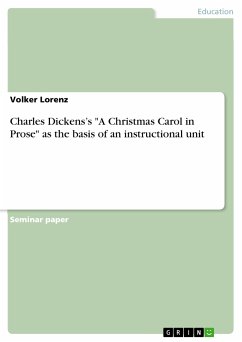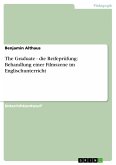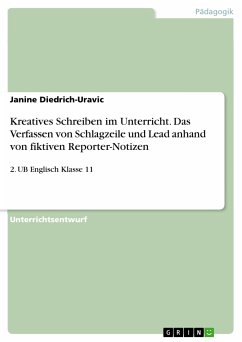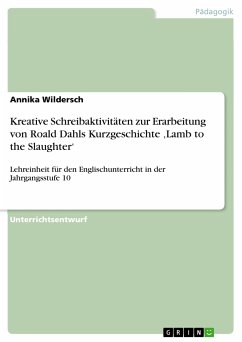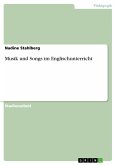Seminar paper from the year 2005 in the subject Didactics - English - Pedagogy, Literature Studies, grade: 1,7, http://www.uni-jena.de/ (Institut für Anglistik/Amerikanistik), course: Literaturvermittlung im Englischunterricht, language: English, abstract: While the traditional use of literature at schools usually relies on interpretation and the existence of a ‘correct’ way of interpreting the text, more recent theories like the aesthetics of reception focus on the dynamic interaction between the text and its readers, aiming at a type of aesthetic reading. Charles Dickens’s novel of the miser Ebenezer Scrooge being visited by the three ghosts of Christmas and turning over to a new leaf is probably one of the best-known English novels; it is alluded to in many other pieces of literature, in films and even comics. This, banal as it may be, is already the first reason for choosing A Christmas Carol as a topic, since all the gags and allusions elsewhere would not be understood without some knowledge of Dickens’s novel. Reading experiences also play an important role when it comes to motivation: other classic novels by Dickens like Oliver Twist, Great Expectations or David Copperfield, or their film adaptations may serve as a motivation for reading A Christmas Carol, or vice versa. Finally, apart from conveying a moral message, Dickens’s story also portraits the Victorian age of Britain and its nuisances as vivid as only few other novels, which stays in mind far better than only hearing a report.

